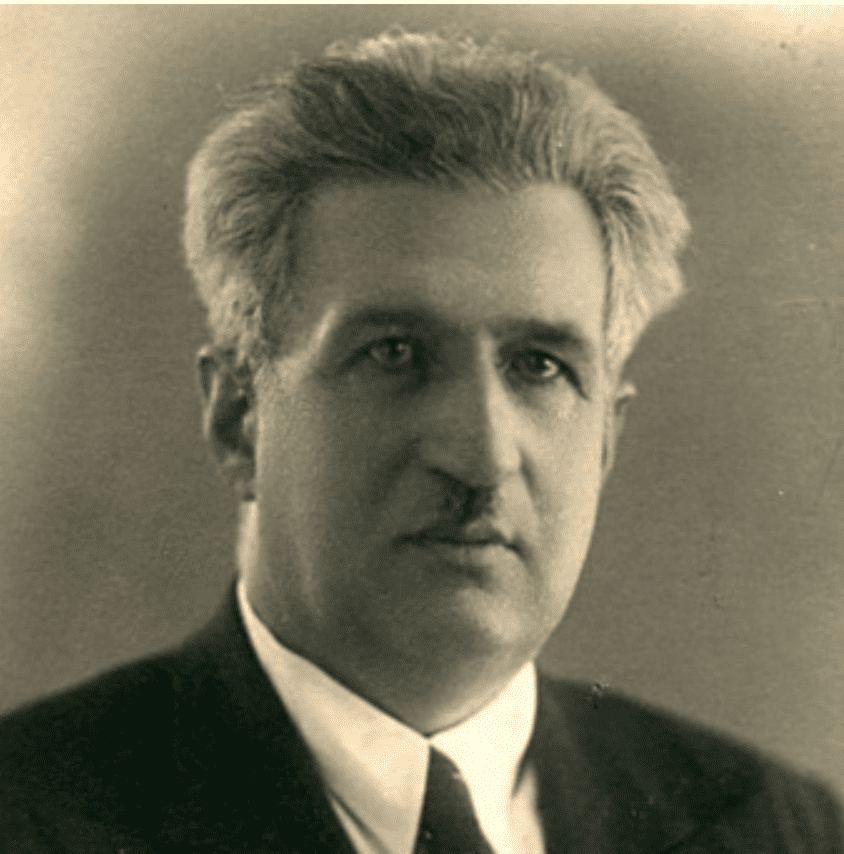Death of Anoushavan Ter-Ghevondian (June 6, 1961)

Anoushavan Ter-Ghevondian was born in Tiflis (Tbilisi) on March 8, 1887. His father was Grigor Ter-Ghevondian, one of the first Armenian professional photographers in Tiflis. Their home was a sort of literary salon attended by many members of the Armenian intelligentsia.
Ter Ghevondian received his general education and musical training in Tiflis. In 1915 he graduated from the Faculty of Law of St. Petersburg University and the St. Petersburg Conservatory, where he studied composition with Russian famous composer Alexander Glazunov.
He appears to have made his choice from early on. In 1914 he undertook a scientific expedition to the province of Shirak in partnership with composer and conductor Spiridon Melikian (1880-1933), one of Gomidas Vartabed’s students. The trip resulted in the collection of 252 folk melodies of great value that have been widely used by Armenian composers and musicologists ever since. Ter-Ghevondian arranged some of them into one of the first Armenian symphonic works, “Etudes of Shirak” (1916).
He started his lengthy pedagogical career teaching at the Tiflis Conservatory between 1917 and 1925. In 1922 he composed one of the first operas with Armenian theme, “Seda,” after Levon Shant’s famous play “The Ancient Gods.” This was followed by the vocal-symphonic poem “The Birth of Vahagn” (1923), and the symphonic poem “Akhtamar” (1923).
In 1926 Ter-Ghevondian moved to Yerevan, where he was appointed director (1926-1930) and professor (1926-1934) at the Yerevan State Conservatory, now named after Gomidas. After becoming director and professor of the Baku Academy of Music (1934-1938), he returned to teaching at Yerevan State Conservatory (1938-1958), where he was also head of the composition department (1948-1958). He authored a booklet about Richard Wagner (1933) and a two-volume manual of music theory (1934).
He also wrote the ballets “Bride of Fire” (1936), “Anahit” (1940), and the opera “In the Reflections of the Sun” (1949), as well as choral works and songs, where he combined the traditions of Armenian popular and Russian classical music in an original way. He was also a choir and orchestra director. He displayed an epic and lyrical strain, with scores showing colorful orchestration and rhythmic ingenuity.
Anoushavan Ter-Ghevondian was awarded the title of People’s Artist of Soviet Armenia in 1953 and received the Order of the Red Banner of Labor in 1956. He passed away on June 6, 1961, in Yerevan, where a plaque remembers him at the house where he lived between 1945 and his death and a musical school is named after him in the Kanaker-Zeytun district. He was the father of noted pianist Heghine Ter-Ghevondian (1918-1999).
